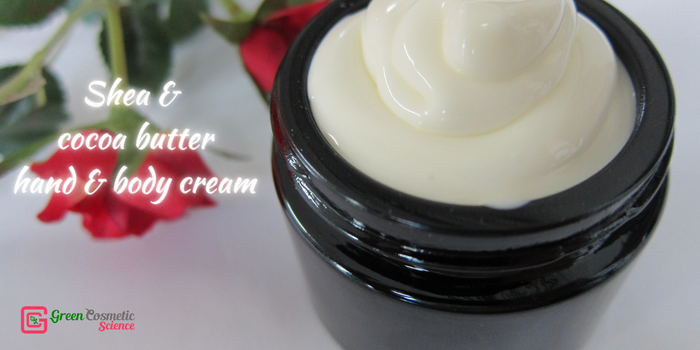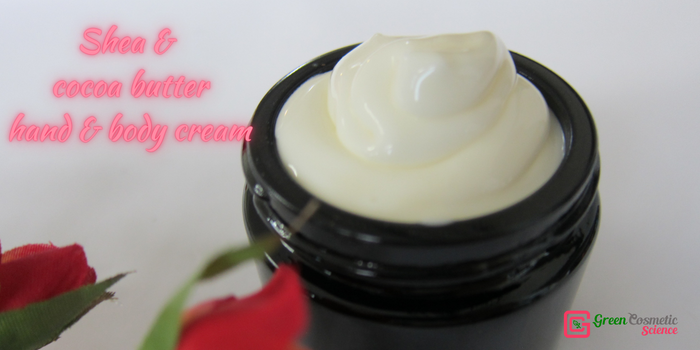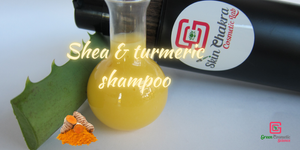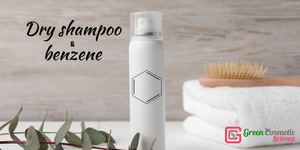
"Simplicity" is the trend not only in life-style as a general concept but in personal care as well.
All of the industry experts agree on the fact that our personal care rituals must go back to simplicity in:
- the number of products we use (less products, less packaging , less waste, less spent time"
- the number of ingredients in a formulation
This beautiful hydrating cream is not exactly the simplest and most minimalist formulation we have created so far but is still considered a basic and simple one. You certainly can jazz it up and add plant extracts and other active ingredients (and we will do this in the upcoming posts) but first make this simple version and devour the scent of the cocoa and the silky skin feel.
We haven't added any essential oils to this formulation and kept it fragrance free.
This emulsifier (GSC POF) is a very forgiving emulsifier. It usually creates medium viscosity emulsions but by applying shea and cocoa butter the viscosity is slightly higher than usual. It is still a light emulsion rather than a thick cream.


Procedure:
1- Blend phase A and B in separate heat-proof beakers
2- Heat phase A and B in a water bath between 80-85 C
3- Emulsify the oil phase in the water phase
4- Disperse the gum in the still hot emulsion
5- Start cooling down while stirring
6- When the temperature reaches under 50 C add the sensitive phases (Phase D). The prebiotic builds a lump in panthenol at this concentration but don't worry it will easily dissolve and disperse in the emulsion.
7- When the emulsion reaches <35 C add the preservative. The preservative system works independent of the pH
8- When the emulsion reaches the room temperature prepare a 10% dilution and measure the pH. In our case it was 6,75.
9- Reduce the pH by adding lactic acid. If you are making this formulation for the first time add the lactic acid gradually and measure the pH in between.
10- Prepare another dilution of the emulsion and measure the pH. In our case it was 5,32. We are aiming for a pH between 4,9-5,5.
11- Take the stability and micro kit samples and fill the rest in a suitable container


